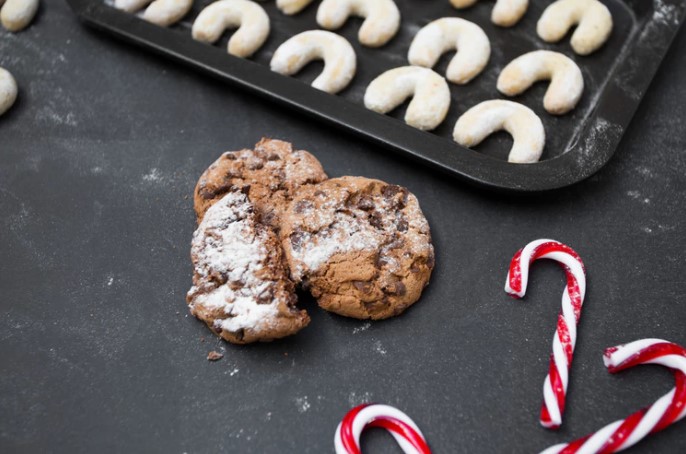Some of those decorative glitters and dusts you’re planning to use in your holiday baking aren’t meant to be eaten, the U.S. Food and Drug Administration warns.
These products are widely available online and in craft and bakery supply stores. They’re also often featured in online instructional videos, blogs and articles about decorating foods such as cakes, cupcakes, cookies and cake pops. And they often have names such as luster dust, sparkle dust, disco dust, pearl dust and shimmer powder.
While some of these glitters and dusts are produced specifically for use on foods and are edible, others are not.
Check the label of any decorative product you’re planning to use in foods, the FDA said in an agency news release. Edible glitters and dusts are required by law to have a list of ingredients on the label.
Common ingredients in edible glitter or dust include sugar, acacia (gum arabic), maltodextrin, cornstarch, and color additives specifically approved for food use.
Most edible glitters and dusts are labeled as “edible.” If the label simply says “non-toxic” or “for decorative purposes only” and does not include an ingredients list, it’s best not to use the product on foods, the FDA said.
If you decorate a food item with decorations that are not edible, remove the decorations before serving and eating the food.
At the bakery, ask if decorative products on baked goods are made with all edible ingredients. If you still have doubts, ask to see the labels of the decorative products, the FDA said.
If you’re shopping online for glitter and dust products for foods, ask the seller to provide ingredient information from the manufacturer, the agency said.
Original article: https://www.webmd.com/food-recipes/food-poisoning/news/20181221/christmas-cookies-watch-out-for-the-shiny-stuff

























Comments